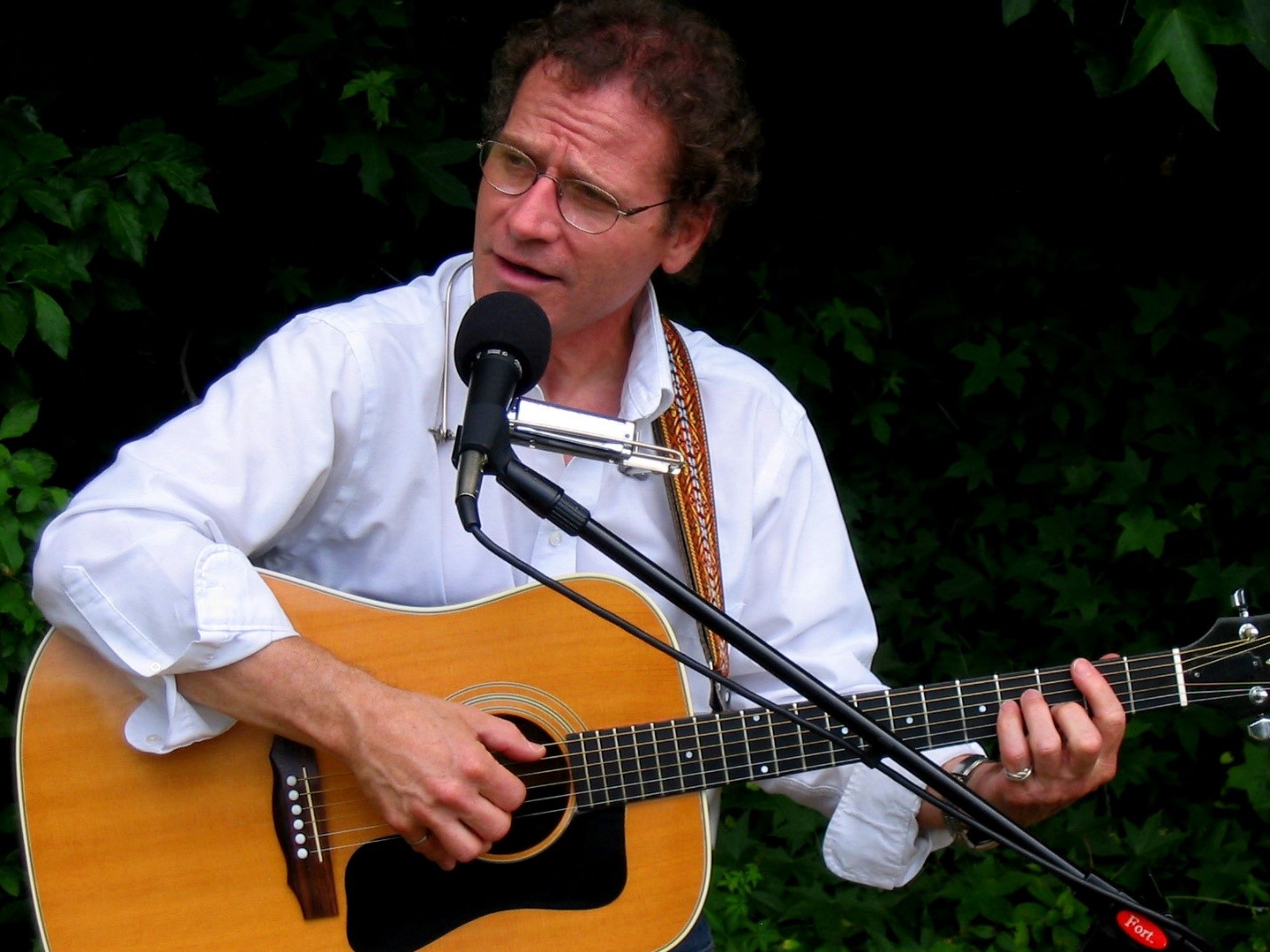Topic Tuesday: Healing
 “The Panic Song” (By: Steve Walk)
“The Panic Song” (By: Steve Walk)
One of the most important aspects of my recovery was ‘trying new things’. I had denied and snuffed out much of my natural instincts and wishes in the cruel, cold world of self-imposed self-isolation in my ED. It took experimenting with activities, relationships, career interests, and all the rest, to learn – once again and sometimes for the first time – my preferences and joys in life in order to build a living foundation on which a full recovery could grow.
One of the things I discovered was a love and a certain talent for songwriting. Most of my songs over the years have reflected inner workings and longings: I tried to put into words and music what I found most difficult to think about or say, for me and also, as I observed, for others. Sometimes humor helped get difficult things expressed! I wrote “The Panic Song” about our (those of us with EDs) uncanny ability to make the worst of anything, to let anxiety be our guide. The easy, sing-along tune I borrowed from “The Ballad of Jed Clampett”, by Lester Spratt and Earl Scruggs, the theme song to the old Beverly Hillbillies TV show.
The Panic Song
I panic when I’m happy and I panic when I’m sad,
I panic when forgiving and I panic when I’m mad,
I panic when I say I love you, panic when I won’t,
I panic when I panic and I panic when I don’t!
When my fears were getting the best of me, I would sing the tune to myself to help me remember there were alternative responses to anxiety in any situation if I would just try them out.
This fun-poking song, all kinds of positive mantras, and especially reaching out to others for help with honesty and open-mindedness, displaced the nagging ED voices that had so consumed my thinking, and made my recovery possible. I learned not to feel ashamed or dismayed if, even after constant trying and laudable success, my symptoms maddeningly persisted or came back. Because, as it turned out, as I grew a new, fuller, and richer life, trying one new idea and one new behavior at a time, the disordered eating symptoms were the last things to go. But go they did!
About the Author
Steve suffered from anorexia nervosa and bulimia as a teenager and young adult. Born a singer/songwriter but educated to be an engineer and college professor, he raised four children, now adults (no ED’s!), and has pursued a second career as a high school teacher for the gifted and talented. Steve shares his story every year with his school’s Junior class and invariably finds students coming to him for help afterwards. His recovery has included manning telephone help-lines, leading self-help groups, and serving as a speaker and support person with national ED organizations.


Comments are closed.